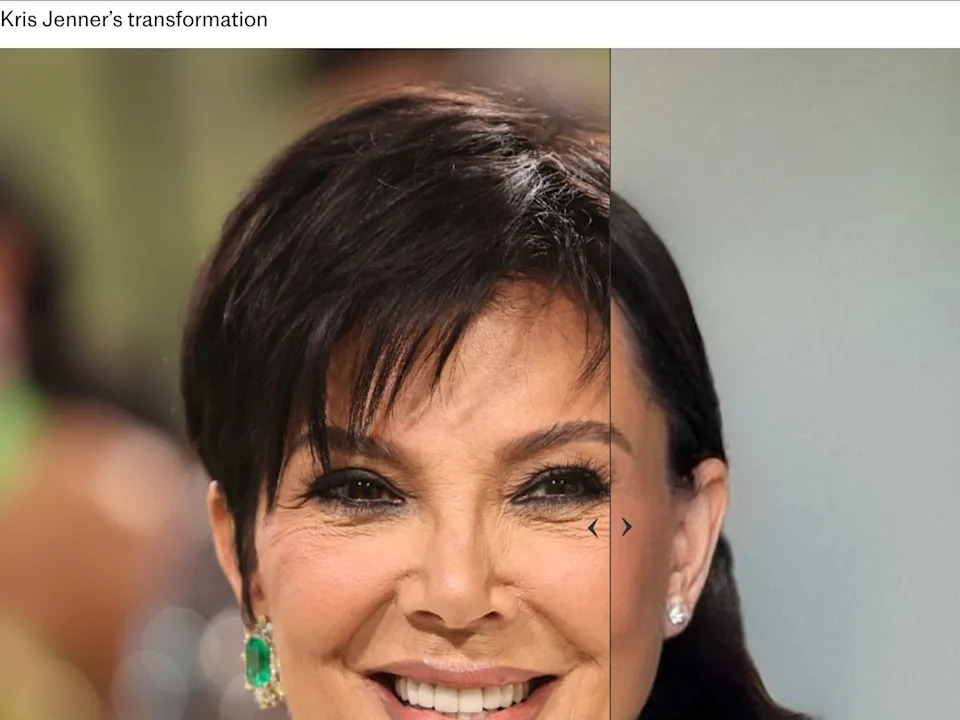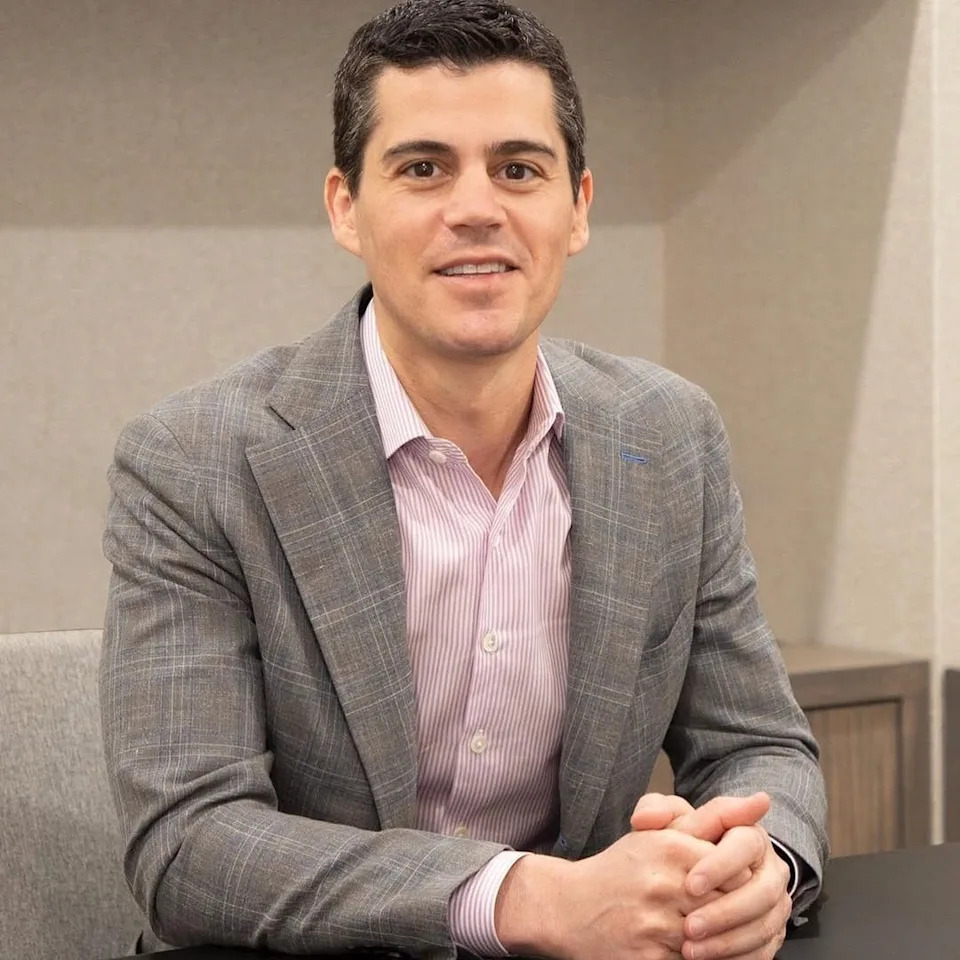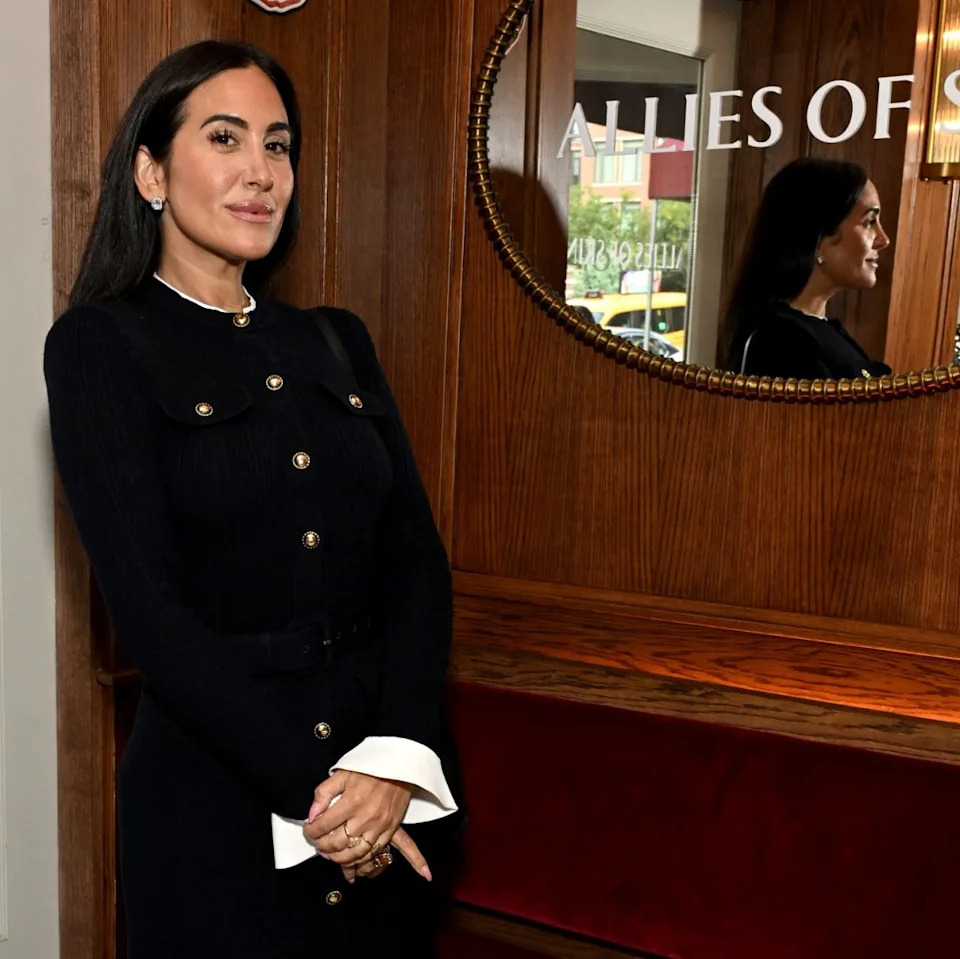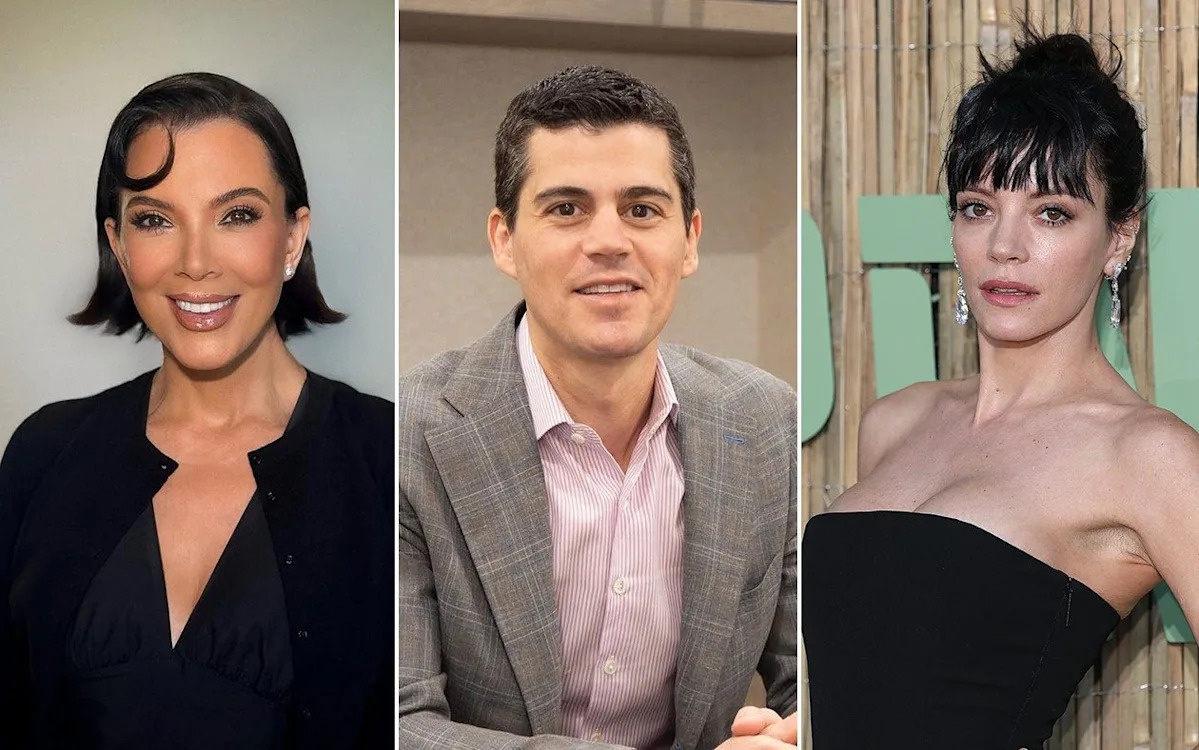When Kris Jenner, the 69-year-old matriarch of reality TV’s Kardashian dynasty, unveiled her latest face to the world earlier this year, she looked not simply refreshed but rewound. Her jawline was newly defined, her skin improbably smooth, her eyes significantly wider. She appeared unnervingly youthful. And, immediately, a forensic interrogation ensued online. What had she done? Who had done it?
The answer came directly from Jenner herself: Dr Steven Levine, a Park Avenue specialist long favoured by Manhattan’s moneyed elite for results so subtle they barely look surgical. “He didn’t want the attention, which I loved,” she explained in a podcast. “[But] I said, ‘Listen, I really want you to have the credit for what you did… do I have your permission to say who you are?’”
b’

Kris Jenner surgery transformation
‘
In the rarefied world of luxury aesthetics, exclusivity is a kind of currency. As one industry insider put it, “There are facelifts, and then there are Park Avenue facelifts. The difference isn’t just in the result. It’s in the access.”
Levine’s professional persona, up until this point, had been founded on discretion. But Jenner’s revelation was transformative. Within days of the podcast, Levine’s name was orbiting the celebrity universe and his phone was reportedly ringing off the hook. Once the insider’s secret, he’d suddenly become beauty’s most coveted appointment – a surgeon whose client list now operates via referral and secret password.
Most recently, Lily Allen revealed it was Levine who was responsible for her post-break-up breast augmentation.

Lily Allen in June this year, following her breast augmentation… – Mike Marsland/WireImage

…and in 2023 – Ricky Vigil M / Justin E Palmer
And it wasn’t just his booking system that changed after the world learned his name. A consultation with Levine at the beginning of the year reportedly cost between $300–$500 (£225-£375). Now, according to recent reviews, the doctor charges around $4,500 (£3,400) just for an initial assessment. And the procedures themselves? Reportedly up to $250,000 (£188,000) for a facelift.
Such steep price rises have left some fuming. “Extremely disappointed,” writes Phil C. of New York in a post from August on the reviews website Yelp. “The original price quoted for a facelift was 150K and one month before my consultation [it] went up to 250K.” Another client, Susan Z. of Ohio, fumes: “He quadrupled the price even when I had already become a patient! I hate it when doctors become so egotistical that they no longer are realistic.”
Even comedian Katherine Ryan has commented on the surgeon’s rapid rise: “I’d had a consultation with him and he said $175,000. And then everyone found out about him doing Kris Jenner’s and now it’s $240,000 already.”
He may be capitalising on his new-found fame but Levine is by no means the only surgeon charging such exorbitant rates for new, luxury procedures that are a world apart from affordable injectables (like Botox and filler) and the facelifts of a decade ago.
Today’s top-tier procedures, offered by a small subset of surgeons like Levine, blend several surgical techniques into one highly customised operation: a deep-plane or Superficial Musculoaponeurotic System (SMAS) facelift, eyelid and brow work, fat grafting and sometimes laser resurfacing.

The cost of entry to Dr Steven Levine’s world of cosmetic enhancement has ballooned since Jenner’s transformation
Each is tailored to the patient’s unique facial structure. Rather than simply tightening skin, the surgeon repositions the underlying musculature and connective tissue to restore volume and proportion. It is, in effect, a reworking of the facial architecture – performed millimetre by millimetre.
The work is painstaking and lengthy. A single operation can take up to eight hours, often under general anaesthetic, with a multi-person team consisting of an anaesthetist, surgical nurse, “scrub tech” and recovery specialist. Add to that the cost of a private operating suite in Manhattan and round-the-clock aftercare, and the price begins to make sense.
When it comes to justifying the price tag, there is also the question of reputation. Six-figure fees serve as a filter, signalling exclusivity and ensuring that the client list remains curated. As one New York surgeon put it recently, high pricing “eliminates the less desirable patient pool” – a candid admission that the cost itself is part of the allure of certain surgeons.
And, of course, in the rarefied world of the high-net-worth client, expensive surgeries are part of a broader portfolio of luxury goods. When The New York Times quoted Levine in 2022, he recalled treating a client en route to the Met Gala whose gown alone cost $425,000. “I thought, ‘You got a great deal on this facelift,’” he quipped.
At the time, his fees ran from $50,000 to $110,000 – figures that already placed him among the high earners in his field. Now, with Jenner’s public endorsement, demand has spiralled and the economics of scarcity have taken hold.
For those who can’t secure a spot on the tightly controlled waiting lists of super surgeons, there is always the world of “beauty brokers” – consultants who navigate the private networks of top surgeons on behalf of clients.
Melinda Farina, profiled recently in The New York Times, operates precisely this way, arranging introductions and vetting clinics for a fee. Her clients include CEOs, heiresses, and A-listers, while her own consultations start at $750 (£560).

‘Beauty broker’ Melinda Anna Farina’s client list includes CEOs, heiresses and A-listers – Daniel Zuchnik/Getty
So, what exactly did Levine do to Jenner? Reports suggest it was likely a SMAS facelift, which removes excess fat and tightens connective tissue, or a deep-plane facelift, which works on deeper structures for longer-lasting results. Given Jenner’s own remark that daughter Kim was on FaceTime during the operation, the less invasive SMAS seems probable, perhaps combined with eyelid surgery and subtle injectable fillers.
In the end, the story of Steven Levine is also the story of a new stratosphere of surgery entering the mainstream. Invasive, exclusive and wildly expensive, these are treatments for an increasingly image-obsessed age.

